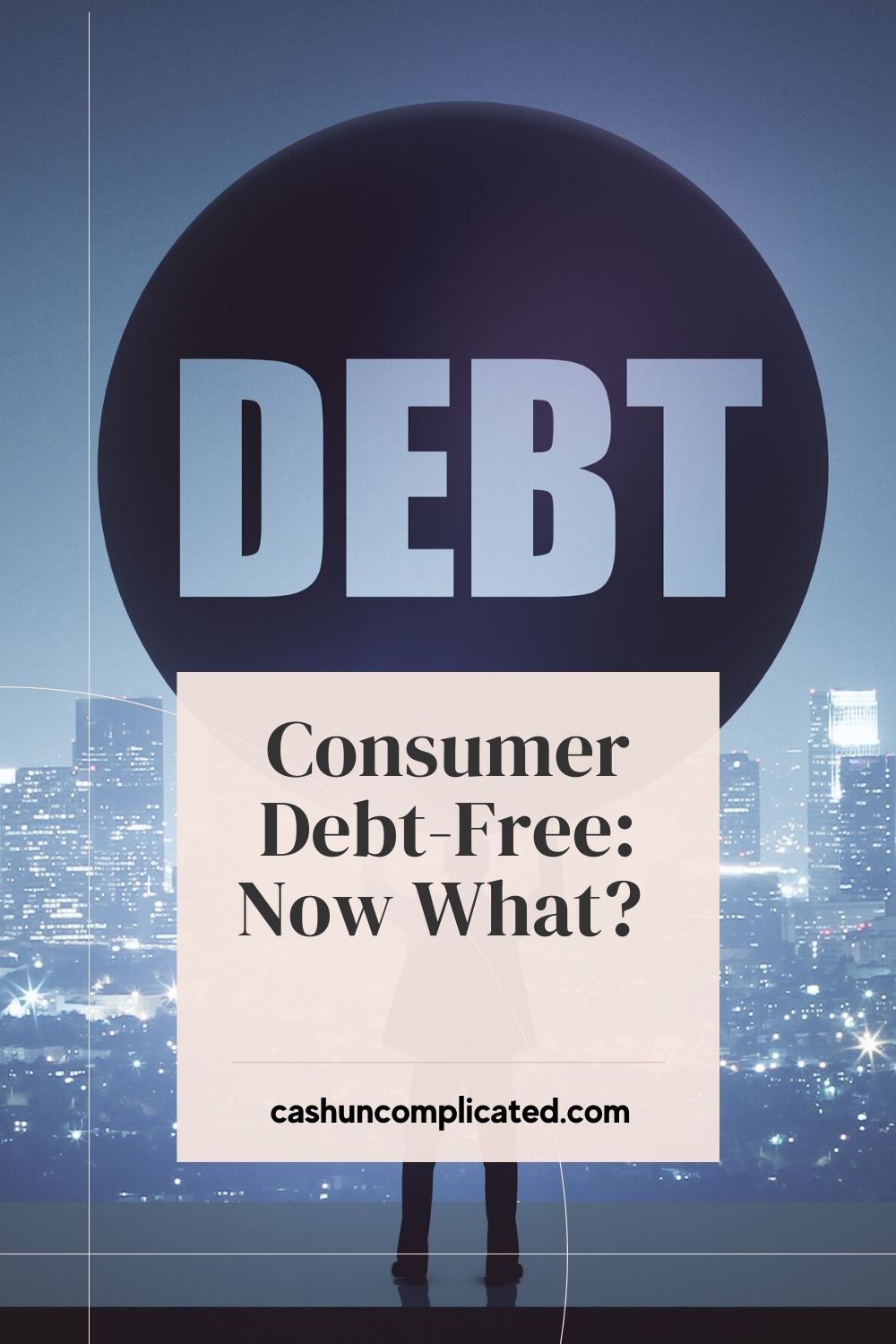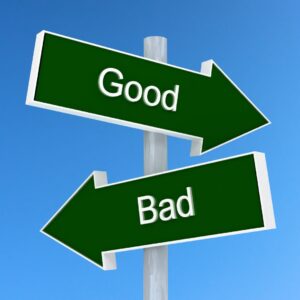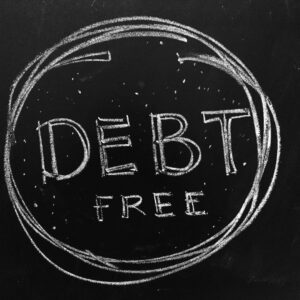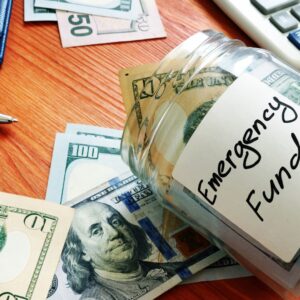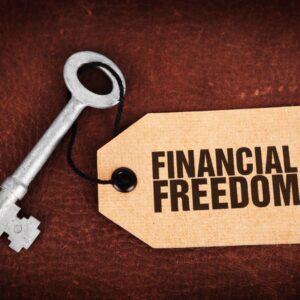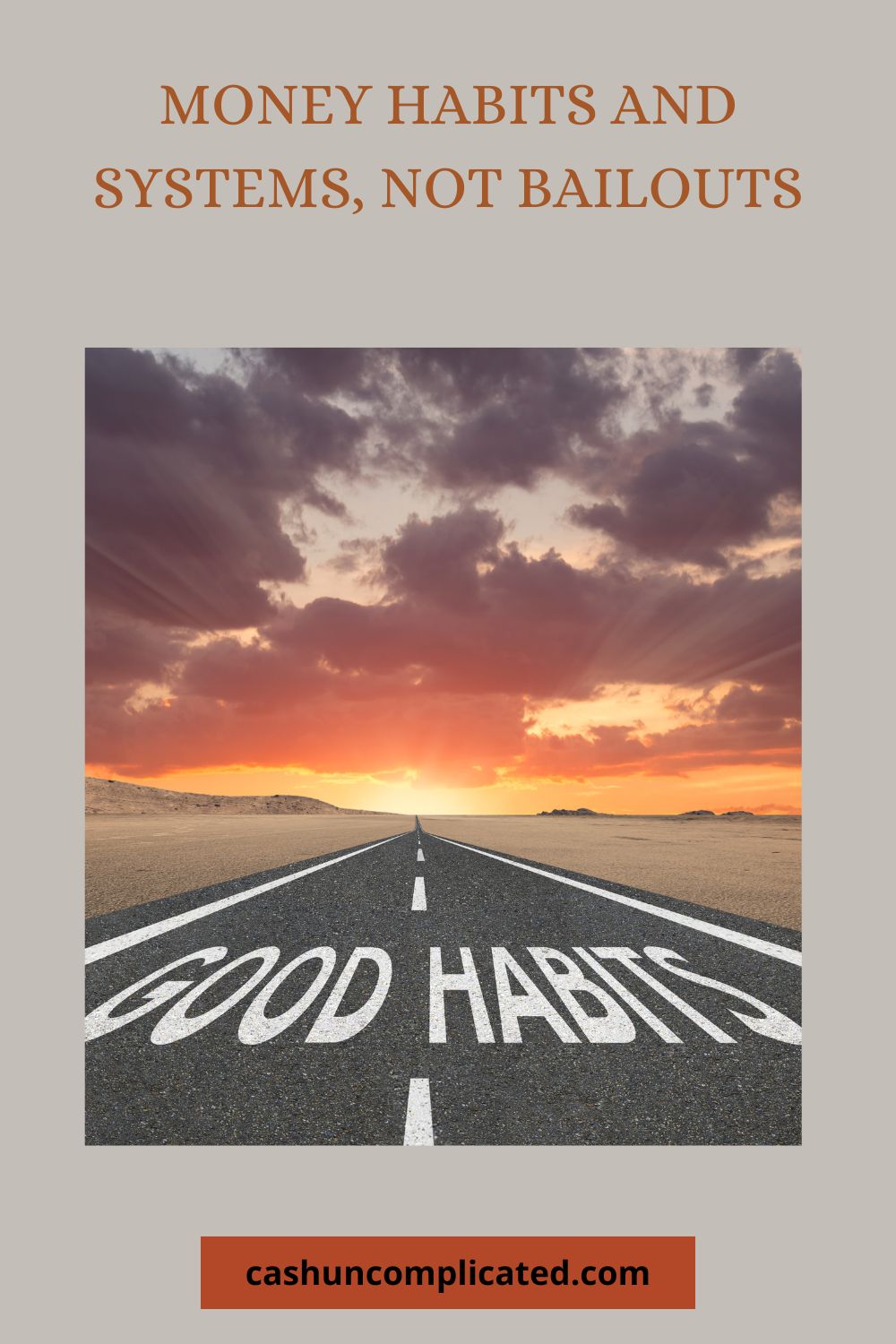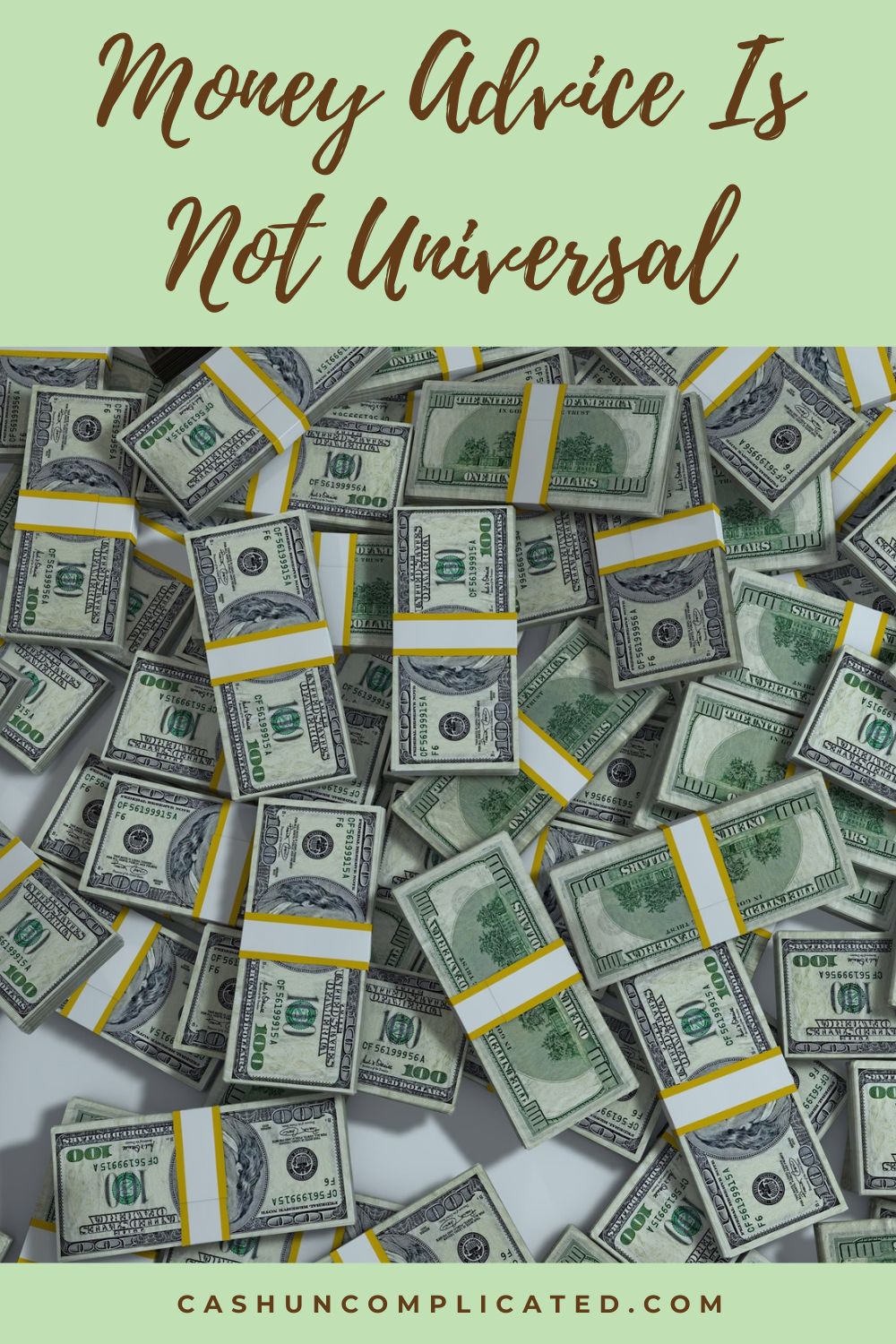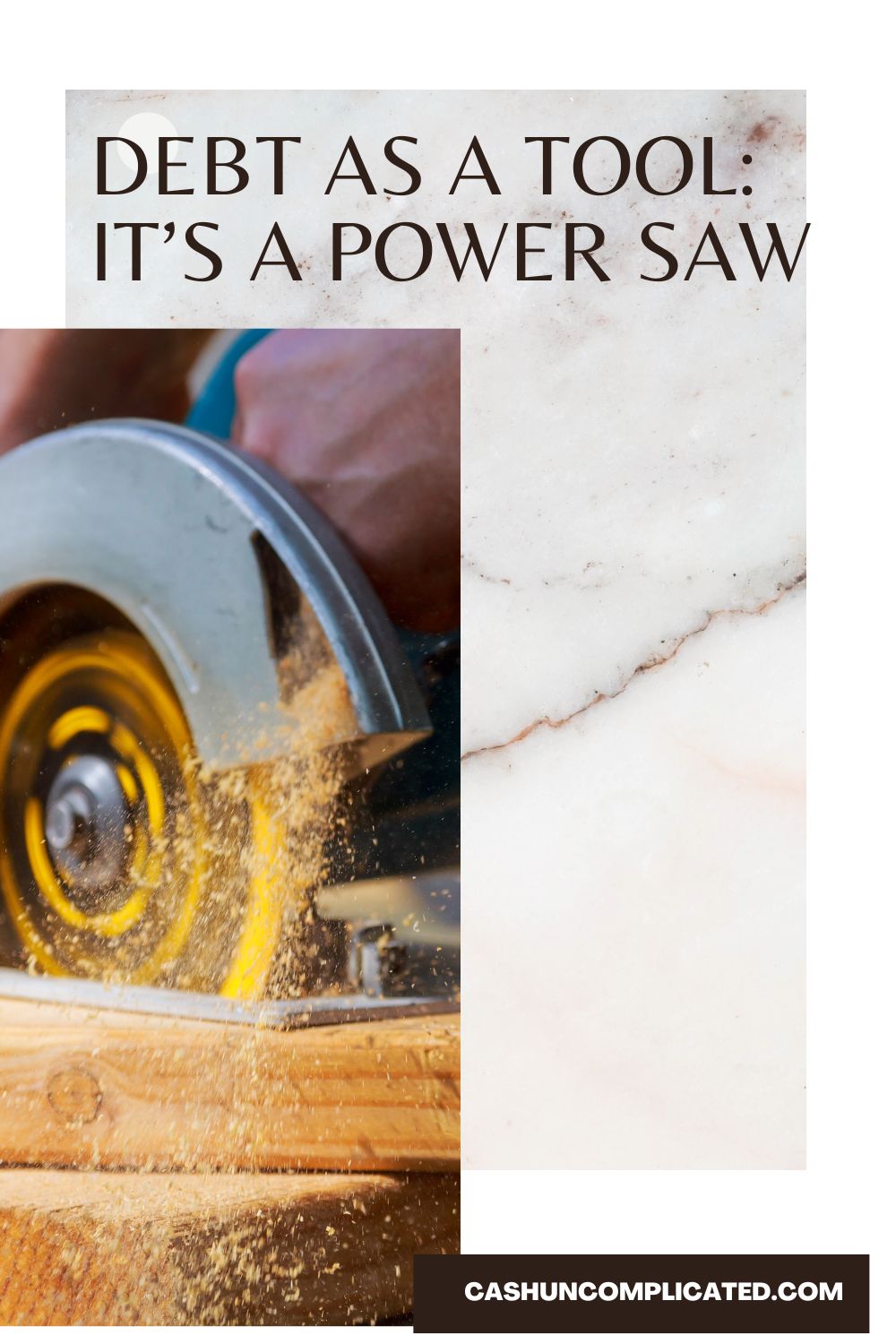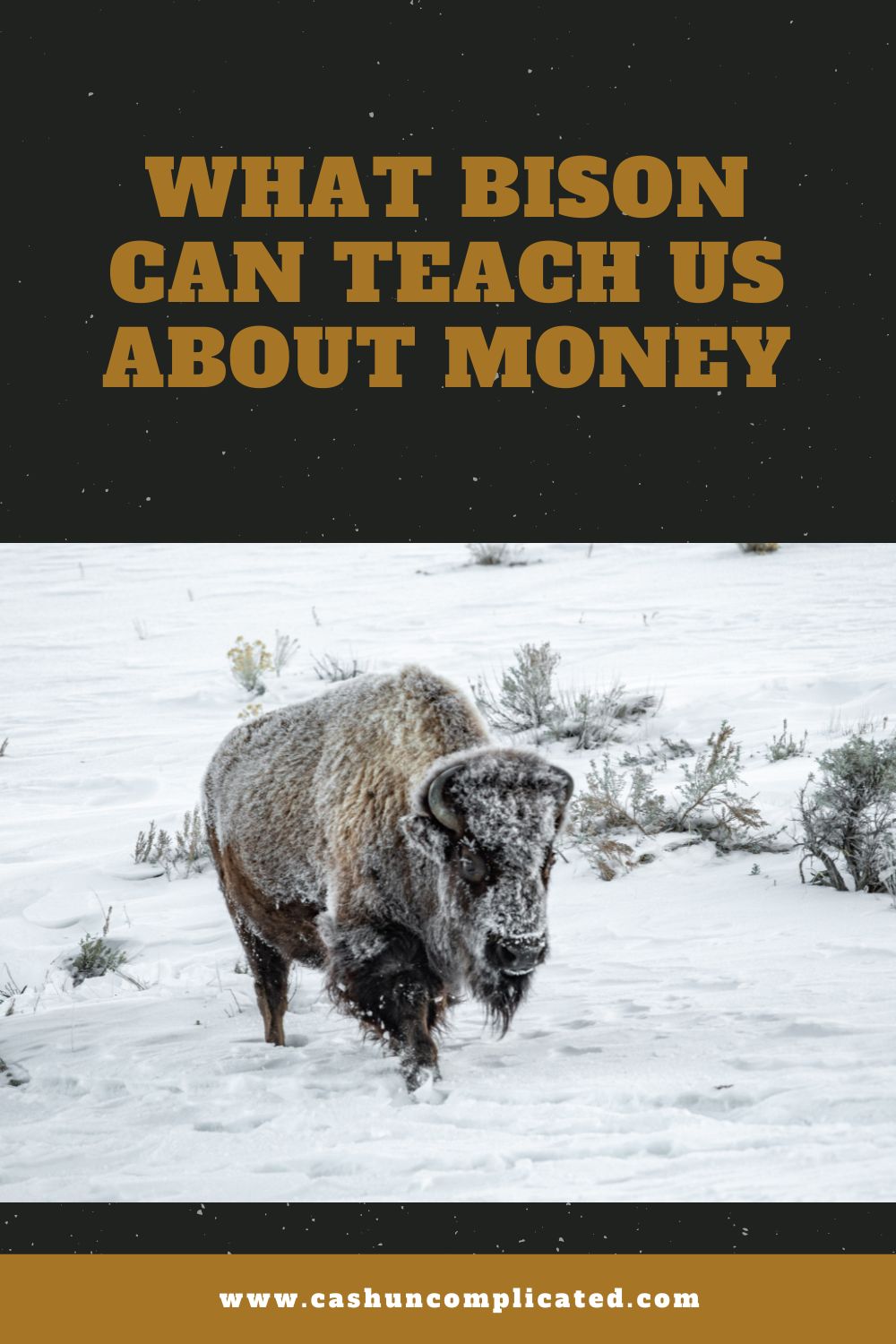You’re consumer debt-free, now what? You’ve done the hard work, made the sacrifices and gotten yourself out of the consumer debt mess. No more money owed on credit cards, car loans, etc.
It’s a good position to be in, but it’s just the start.
What is Debt?
Debt is any money owed to someone else. That someone else can be a creditor, a family member or friend, or a combination of people/companies. Debt doesn’t have to be an exorbitant amount either, it could be just a few hundred dollars.
It can also be in the hundreds, thousands, hundreds of thousands, or millions, or more.
Good Debt Versus Consumer Debt (AKA Bad Debt)
Good debt is generally considered to be debt that pays you or has the ability to make you money. Examples include mortgage loans for a primary residence or rental properties.
In the case of the primary residence, the borrower is paying off a small portion of the property every month and building equity. For a rental property, the tenant is paying off the debt, plus money for repairs, vacancies, large expenditures, and some profit known as cashflow.
Conversely, consumer debt, or bad debt, is not paying you anything or improving your financial situation. It’s just money that you owe for previous purchases and need to pay off. But consumer debt doesn’t pay you or help you gain equity in an asset.
Most Common Types of Consumer Debt
Consumer debt is widespread and there’s many ways to get into it. These are the most common types of consumer debt:
- Credit cards
- Car loans
- Store credit
- Personal loans
Credit card debt for example is incredibly widespread. According to a poll from Bankrate, 35% of Americans carry consumer debt month over month.
Ways to Get Out of Consumer Debt
There’s more than one way to get out of consumer debt. Those of you who are fans of Dave Ramsey are probably familiar with the snowball method, where the smallest debt is aggressively paid off first, with the minimum paid on everything else. Then when that is paid off, the next debt is attacked.
So on and so forth until all consumer debt is paid off. Psychologically, it’s a superior method because there’s clear progress and entire debts are actually getting paid off.
Another common method is the debt avalanche. This works exactly like the snowball method, with the exception that the highest interest rate debt is paid off first rather than smallest debt. This is a more optimized method but psychologically it can feel like a very long time until progress is made.
The other common method is to use a hybrid approach. Start with the debt snowball and then move over to the debt avalanche when sufficient progress is made and confidence is built up. Psychologically it allows for progress to be seen, but the method becomes optimized after a certain point in time.
For more on paying off debt, see chapter seven of my book Cash Uncomplicated or check out some of these posts I’ve written about the topic.
Related:
Consumer Debt-Free: Now What?
You’ve done the hard work–you picked a debt payoff strategy and eliminated it. You’re consumer debt-free, now what?
That goal has been reached, but there’s lots more to do to achieve success in your personal finances. Here’s what I did after paying off consumer debt, and I believe a lot of these strategies will work for you too.
Number 1: Mindset: Consumer Debt-Free Lifestyle
It’s not enough to be consumer debt-free, you also have to change your mindset so that you’re not falling back into the same old traps that got you into consumer debt into the first place.
How many of you have seen a friend get into great shape only to fall back into old habits a year later? Or maybe this has happened to you.
The same principle applies to consumer debt. I’ve seen and heard of too many people who do an amazing job of paying off debt, only to fall back into some of the old spending habits that got them there in the first place. Then they are back into consumer debt.
The tonic to this is a mindset shift that it’s not enough just to pay off the consumer debt–it also has to stay off. This idea comes with a new lifestyle to permanently keep you out of consumer debt.
Many of the suggestions in the following sections will address how to create a new lifestyle free of consumer debt.
Number 2: Decide What You Want
This next tip is harder than it seems–figuring out what you want. To expand:
- What are your long-term goals?
- How long do you want to work?
- Is there a certain amount of time you want to spend with your family every day?
- How much do you want to save and invest every year?
Once you know what you want, it’s a lot easier to begin taking action on those things. For example, you’ve probably heard of a number of people who work hard for years and years and make a bunch of money. But they’re left unsatisfied because they weren’t working towards what they really wanted.
Someone who wants to spend at least a few hours every day with their spouse and children, but ends up staying in the office until 8:00 every night isn’t aligned with his or her goals. No matter how much they make.
Same for someone who wants to work part time after the age of 55. If he is continuing to grind away at the office at age 58, his behavior isn’t aligned with his goals.
Related:
Number 3: Emergency Fund
Once you’re consumer debt-free, a great way to stay out of it is to establish an emergency fund. This is a pile of money just for emergencies, or unexpected things that come up. It’s predictable that things will come up, but the what and when isn’t.
Examples of things an emergency fund would be used for:
- Car repairs
- Vet bills
- Abnormal medical expenses
- Household repairs
These things are going to happen so you might as be prepared for them. An emergency fund turns what could be a financial crisis into an inconvenience. Additionally, instead of going back into debt, the money is pulled from the emergency fund and it’s covered.
Number 4: Monthly Budget
Budgets have kind of a negative connotation. Usually when people think of budgets they think of restriction and not being able to do things. I look at budgets a different way.
Budgets are actually freedom. Allocate a certain amount of money to things like investments, rent/mortgage, groceries, childcare, etc. and the rest is leftover for what you want to spend your money on.
If you want to use the excess money to invest more than you normally automate, that’s great. If you want to use it for entertainment, that’s great too. Budgets make sure the necessities are taken care of, then you do what you want with the rest.
For example, a family of four with two working parents and a household income of $8,000 per month. Their budget might look something similar to this:
- Automated investments: $1,600 (20 percent)
- Savings: $500
- Mortgage/rent: $2,500
- Food: $1,500
- Utilities: $400
- Insurance: $500
- Entertainment: $500
- Total: $7,500
This family of four has everything budgeted out to where they are able to invest 20 percent, put some aside for emergency savings, cover their monthly expenses, (including entertainment) and have $500 left over for whatever they want.
Of course this is just an example and everyone’s budget is going to look different. Mortgage/rent could be higher or lower, insurance could be higher or lower, etc. The purpose of this example is just to show that the monthly budget actually creates freedom because every dollar has a job and there is even a little left over after.
Number 5: Investing for Financial Freedom
You’re consumer debt-free, now what? Here’s the fifth tip. Getting to zero by getting out of debt isn’t enough, it’s just the base of the pyramid. You also have to grow your money towards financial freedom.
Financial freedom is the ultimate goal. That process could take just a few years for very high earners, or it could take decades. Most people are going to average somewhere in the middle.
What matters is there is a plan to reach financial freedom and progress is made every month. Progress is a very wide and broad category. Investing 50 dollars per month towards financial freedom is progress. So is investing $10,000 per month.
Very different numbers but they are both progress. Determine the level and speed of progress you want to see and make it happen.
Number 6: It’s Not Extra Money
This is another mindset shift after being consumer-debt free. The money previously used to pay off debt is not “extra money.” As I write about in my book Cash Uncomplicated, it’s money that needs to be reallocated.
For me, that was towards building an emergency fund, investments, and travel. For others, it might go towards other things.
The most powerful way it can be allocated is through investing. For example, if you previously spent $1,500 dollars per month paying off consumer debt, immediately reallocate that money towards investments. This is a massive wealth building strategy that will greatly speed up anyone’s progress towards financial freedom.
Conclusion: You’re Consumer Debt-Free: Now What?
Being consumer debt-free is just the beginning. This post listed six things after eliminating the consumer debt, but in reality there are countless things you can do. Six is just a starting point.
That’s personal finance though–win one, on to the next challenge. Win that, and on to the challenge after that. In this sense, personal finance mirrors life.
There is never a “pure ending point.” There is always something new, something to overcome, something to get better at. So if you’re consumer debt-free, congratulations! Now it’s time to move on to bigger and better things and keep moving forward.
You’re consumer debt-free: now what? Tell me in the comments!

